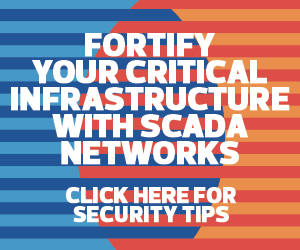The federal government has tried to let critical infrastructure companies understand what they’re up against, and how to gauge their cybersecurity responses to ensure maximum security, even with limited resources. No entity is ever going to have unlimited resources from a cyber defense perspective.
And so it’s really about applying a maximum amount of resources at those critical junctures that will have the most positive effect on ensuring the cybersecurity posture of that organization. The government is trying to put out some baseline standards so that people can evaluate themselves against those standards, and then through that, we can begin to build from the bottom up a common layer of defense amongst all the infrastructure companies.
BIZTECH: What is it about critical infrastructure companies that make them more complicated to defend than other types of organizations?
MESTROVICH: Because critical infrastructure businesses employ two types of technology: the information technology and networks that process data; and operational technology, the underlying mechanical systems that are further operated by information technology components and that have been in many ways automated. There are millions of these types of devices: water-flow sensors that test the purity of the water, automatic switching systems and collision detection systems for trains. The air traffic control system is replete with automated systems as well.
We’ve done a great job in this country of scaling these services out to support millions of constituents. But we’ve done that without adding labor, through automation of systems. These technologies are designed to operate in very harsh environments and with a large degree of autonomy. So, the idea of being able to continuously update those types of devices to protect them from security vulnerabilities — it arguably wasn't part of the equation when many of them were designed and implemented. And now you have to go back and patch those systems up.











